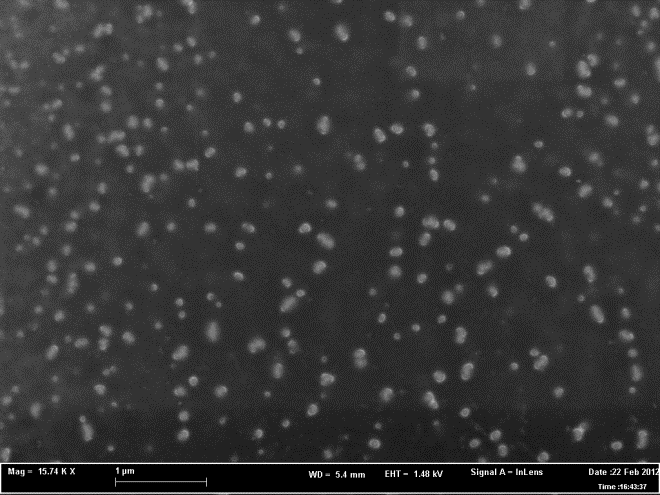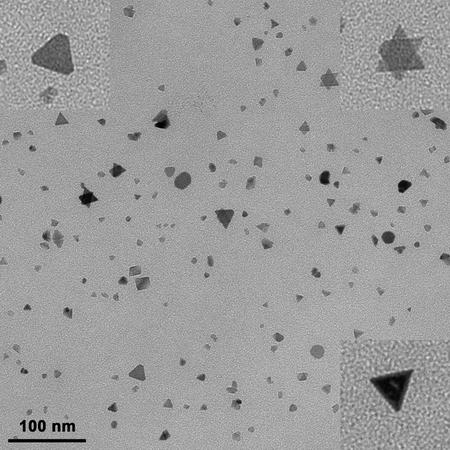Vocabulary
Nanoparticles
What are they?
They are "small spheres" composed by different materials (metallic, semiconductors, organic) and with a typical diameter between 2 nm and 200 nm.
What are they used for?
They find applications in different sectors, including nanomedicine, dyeing and glass industry, pharmacopoeia, cosmetics and fabrics and are also widely studied in the research sector for their peculiar properties that derive from dimensional effects rather than from the material they are made of. In particular, silver and titanium dioxide nanoparticles have very important applications in the disinfection of surfaces, titanium dioxide and zinc oxide nanoparticles to protect skin from UV rays in cosmetic creams, while gold ones in the sector of glass and ceramic colouring agents based on “plasmonic” effects.
How are they produced?
Nanoparticles (metallic and/or polymeric) are typically obtained in colloidal solution by chemical means (0D material) but there are other manufacturing methodologies, for example using mechanical means or pyrolysis. They are generated by various natural processes including volcanic eruptions and combustion processes in general.

SEM image of polymeric nanoparticles.

TEM image of various crystalline forms of metallic nanoparticles. (production SNS/CNR-IIT)